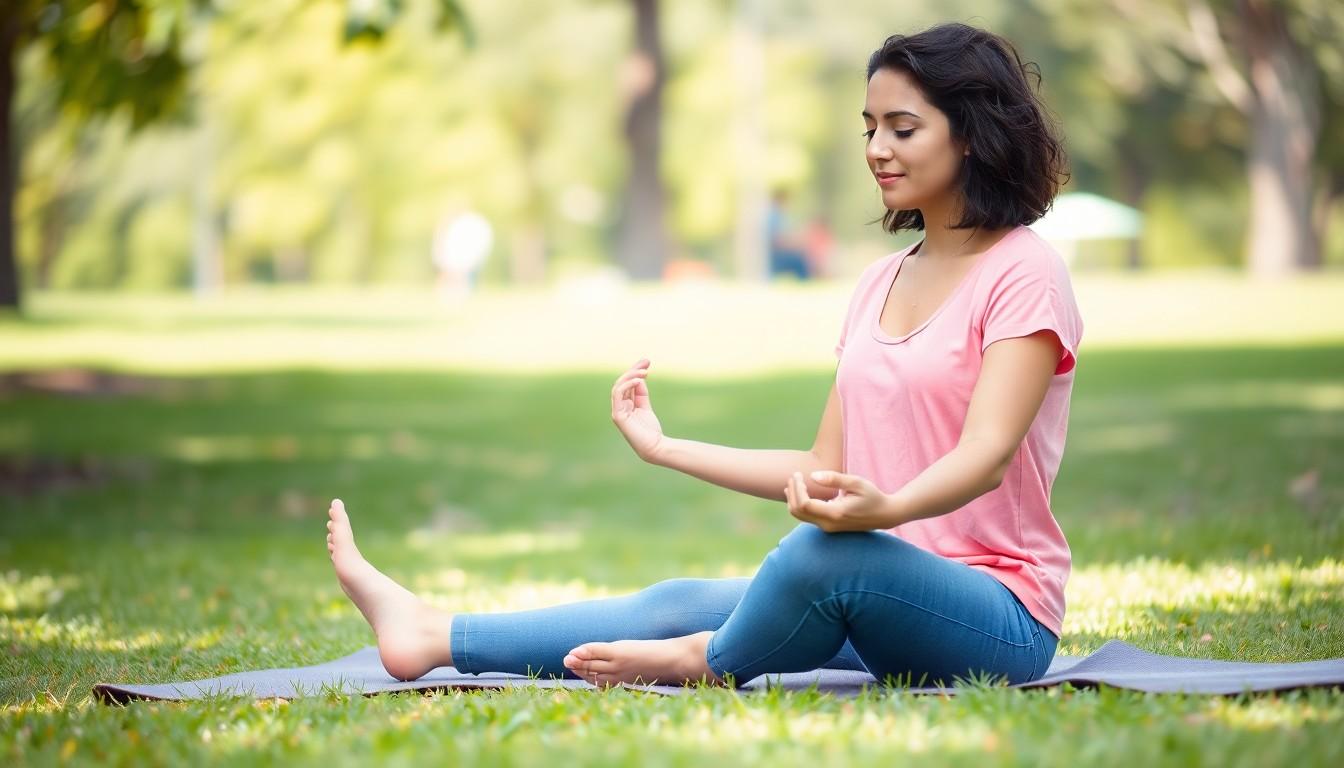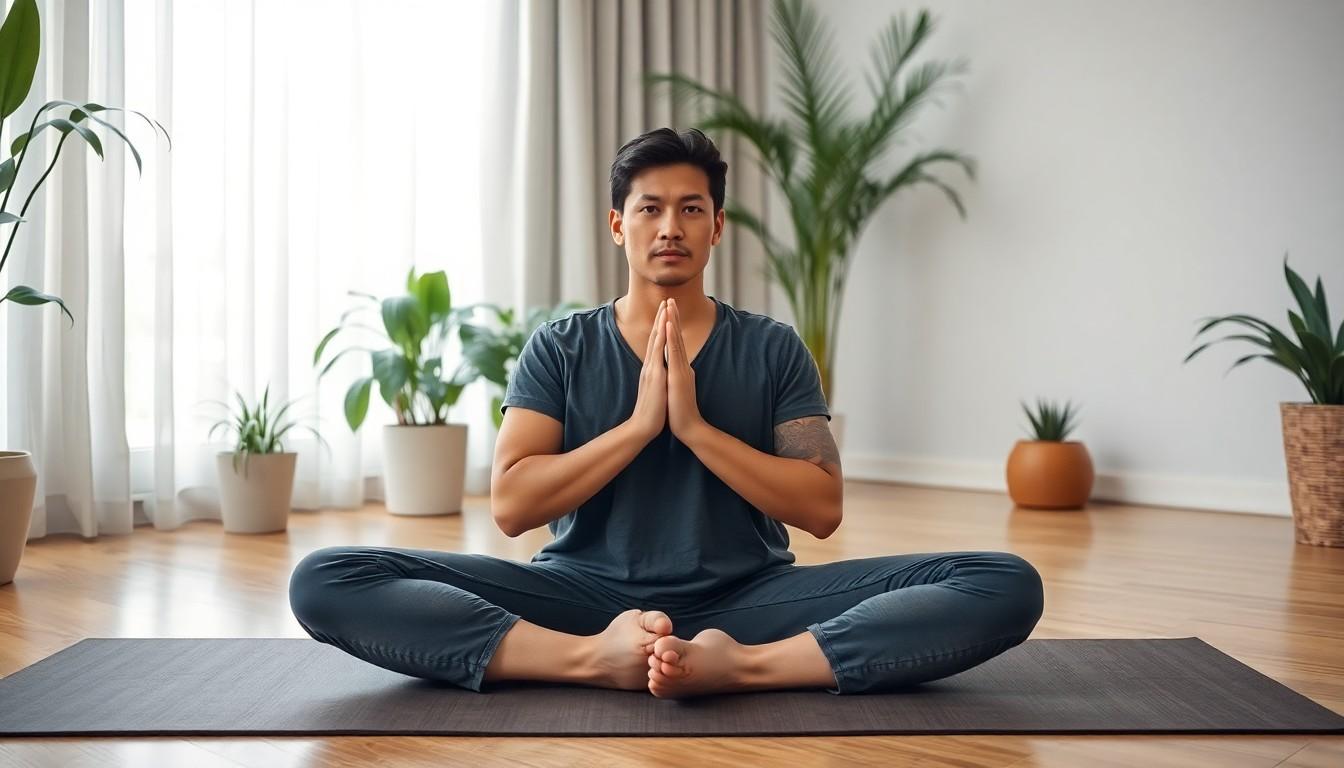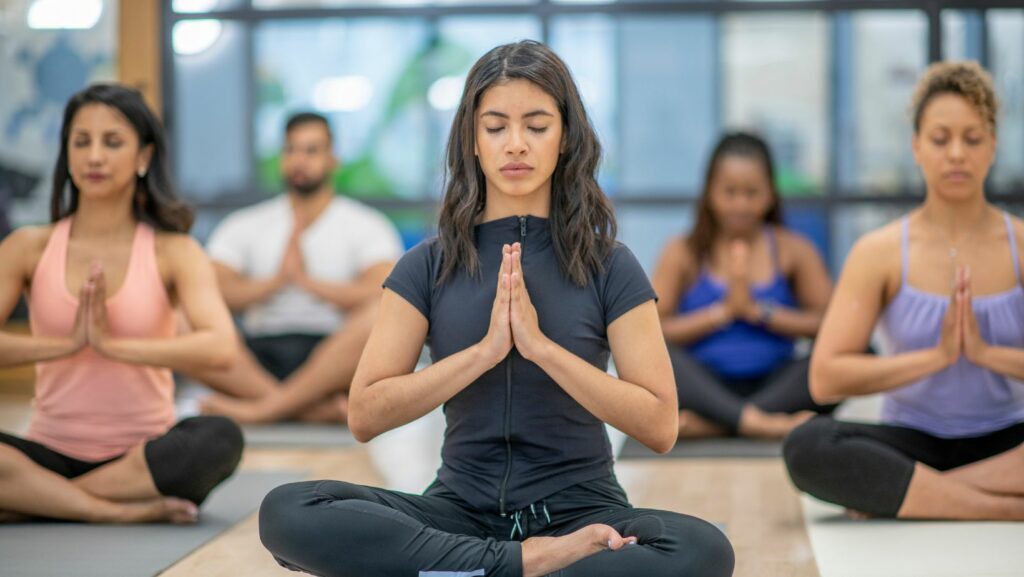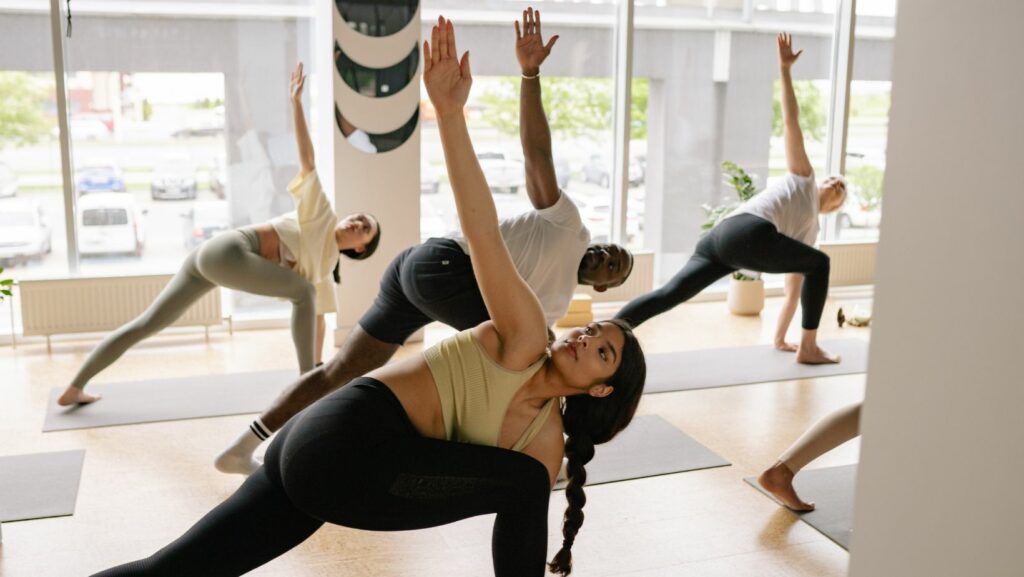Feet often get overlooked in the grand scheme of wellness. While most people pamper their faces and tone their abs, their poor feet are left to fend for themselves. Enter foot yoga—a quirky yet effective practice that not only stretches and strengthens those neglected toes but also brings a smile to their faces. Who knew that bending and flexing could feel so good?
Foot Yoga
Foot yoga consists of exercises designed to stretch and strengthen the feet. Focusing on proper alignment and flexibility, it enhances overall foot health and boosts self-awareness. This practice emphasizes the connection between the feet and the body, promoting better posture and balance.
Practitioners engage in various movements, such as flexing the toes and rotating the ankles. Each movement targets specific muscles, enhancing mobility and reducing tension. Foot yoga incorporates breathing techniques to deepen relaxation, allowing participants to enjoy a mindful experience.
Foot yoga exercises often include seated stretches, standing poses, and balance postures. These forms encourage blood circulation and relieve discomfort from conditions like plantar fasciitis. Practicing consistently may contribute to greater stability and strength while walking and running.
Incorporating foot yoga into a daily routine yields numerous benefits. Improved flexibility often leads to increased range of motion, beneficial for athletes and active individuals. Additionally, foot yoga fosters relaxation and reduces stress, enhancing mental well-being.
Ultimately, foot yoga serves as a holistic approach to foot care, addressing both physical and mental aspects. This practice empowers individuals to connect with their feet in a new way. Engaging in foot yoga creates a foundation for a healthier lifestyle, encouraging individuals to prioritize foot health and overall wellness.
Benefits of Foot Yoga
Foot yoga offers both physical and mental advantages that enhance overall well-being. Engaging in this practice strengthens the connection to foot health and its impact on daily activities.
Physical Benefits
Foot yoga strengthens muscles in the feet and legs. Improved flexibility reduces the risk of injuries during other physical activities. Practitioners experience better balance, which aids in stability while walking or running. Circulation significantly increases, delivering essential nutrients to foot tissues. Alleviating discomfort from conditions like plantar fasciitis is common, providing instant relief. Individuals notice enhanced alignment, contributing to improved posture throughout the body. Regular practice aids in the prevention of foot-related issues.
Mental Benefits
Practicing foot yoga promotes relaxation and reduces stress. Increased mindfulness occurs as individuals focus on their body and breathing. Engaging in this type of yoga cultivates a sense of connection to oneself. Enhanced self-awareness leads to improved mental clarity. Individuals can experience a boost in mood and overall emotional well-being. Greater confidence often follows as practitioners achieve physical goals. Engaging in foot yoga fosters resilience, encouraging a positive mindset in daily challenges.
Techniques and Practices
Foot yoga involves various techniques and practices that enhance foot health and overall well-being. Both basic and advanced techniques serve distinct purposes in improving flexibility and strength.
Basic Foot Yoga Poses
Practitioners often begin with simple poses to establish a foundation. The seated toe stretch promotes flexibility in the toes, aiding in muscle elongation. Standing on one leg enhances balance and core strength, providing stability with each movement. Another beneficial pose, the ankle roll, facilitates increased circulation and relaxes the ankle joint. Additionally, the forward bend encourages the stretching of the hamstrings while engaging the feet. Incorporating these basic poses cultivates awareness of foot alignment and prepares the body for more demanding practices.
Advanced Foot Yoga Techniques
Advanced techniques target deeper muscle engagement and enhance functionality. The foot flex creates tension and strength in the arch, contributing to better support during activities. Practitioners can also perform the crescent lunge to stretch the calves and strengthen the ankles simultaneously. The seated forward fold challenges flexibility in both the spine and legs, further developing foot strength. Another technique, the standing split, engages balance and core strength while intensifying the stretch in the hamstrings. Such advanced practices promote greater control and awareness of foot movements in daily life.
Incorporating Foot Yoga into Your Routine
Integrating foot yoga into a daily regimen enhances overall foot health. Start with simple exercises, like the seated toe stretch, to build flexibility. Engaging in standing on one leg improves balance while also challenging stability. Ankle rolls, performed several times a day, promote circulation and alleviate tension in the feet.
Dedicate time for a short foot yoga session, ideally five to ten minutes each day. Consistency leads to better alignment and posture, aiding in preventing discomfort associated with conditions like plantar fasciitis. Utilize breathing techniques alongside stretches to enhance relaxation and mindfulness during practice.
Consider incorporating foot yoga into existing workouts as a warm-up or cool-down routine. Practitioners can experience increased strength and mobility during activities like running or walking, thanks to the muscle engagement from foot yoga poses. Introducing advanced techniques, such as the crescent lunge or standing split, challenges both strength and flexibility.
Adaptations can also be made for specific needs, such as using props or modifying poses for comfort. People often find that maintaining a focus on their feet fosters greater self-awareness and emotional well-being. Prioritize these practices to experience a boost in mood and resilience when facing daily challenges.
Establish a mindful environment for practice. Choosing a quiet space with minimal distractions helps deepen the connection with foot movements. Emphasizing the importance of nurturing foot health contributes to a holistic wellness approach.
Confidence and Ease
Embracing foot yoga can transform one’s approach to overall wellness. By prioritizing foot health through targeted exercises and mindful practices, individuals can experience significant physical and mental benefits. Improved flexibility and strength in the feet contribute to better posture and balance, enhancing daily activities.
Incorporating foot yoga into a routine not only alleviates discomfort but also fosters a deeper connection with one’s body. This holistic practice encourages relaxation and mindfulness, ultimately leading to greater emotional resilience. As practitioners dedicate time to their feet, they empower themselves to navigate life’s challenges with confidence and ease.


